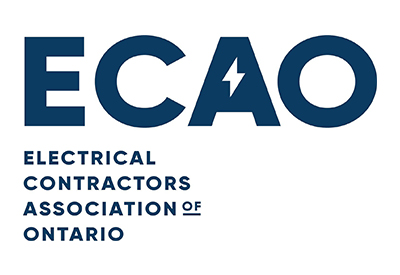Federal Commitments Could Translate into 1.5 Million Green Building Jobs by 2030

Dec 15, 2020
Treasury Board President Jean-Yves Duclos recently shared updates to the Greening Government Strategy that re-affirms the government’s commitment to net-zero operations by 2050 and outlines the measures the government will take to meet this objective.
The Canada Green Building Council (CaGBC) welcomes these updates. Along with the tabling of the Canadian Net-Zero Emissions Accountability Act earlier this month and the Canada Infrastructure Bank’s $2 billion commitment to large building retrofits, the Government of Canada is making the needed investments to drive Canada’s transition toward a low carbon and resilient economy.
These announcements reflect efforts by the CaGBC on behalf of its members to educate decision-makers about the green building sector’s potential. Through our recommendations for a Green Recovery , insights from Roadmap for Retrofits and the zero carbon building costing study, we’ve shown how green building can contribute to achieving Canada’s carbon targets and, supported by a green recovery, reignite Canada’s economy and create 1.5 million jobs by 2030.
The Treasury Board, Centre for Greening Government Secretariat’s Greening Government Strategy will require departments, agencies, and crown corporations focus on resilience and carbon emissions through commitments that touch on fleet operations, procurement, services, and buildings.
The updates require all new federal buildings be net-zero carbon (such as a zero carbon building). More immediate carbon reductions will be achieved through the retrofit of existing federal buildings. Future leasing and renewal of office space by the federal government starting in 2030, will require that 75 per cent of domestic floor space be in net-zero carbon and climate-resilient buildings.
As the largest property owner in Canada and a significant lessor of office space, the government’s actions send a strong signal that carbon reduction and climate resilience are now the new norm. Through this announcement the Treasury Board is leading by example and setting a new benchmark the building sector must follow.
CaGBC is proud to have supported the Government of Canada in its efforts to demonstrate the potential for zero carbon emissions buildings. In fact, the Centre for Greening Government provided support for the CaGBC’s report Making the Case for Building to Zero Carbon which showed that zero carbon buildings were not only technically feasible but also economically viable – ensuring that investments in zero carbon buildings today are fiscally prudent and will provide the carbon reductions and financial returns expected tomorrow.
There is little doubt that the federal government’s commitment to net-zero will have a resounding impact. Now is the time to accelerate zero carbon building if Canada is to meet its 2030 or 2050 climate targets.
The way forward is clear: Every new building being planned today must be a zero carbon building. And tens of thousands of existing buildings need plans to transition to low carbon as soon as possible.
Only then will we achieve Canada’s climate change targets and reap the many benefits of green buildings: reduced carbon emissions, more jobs, better health, vibrant communities, and an innovative, low-carbon economy.
















